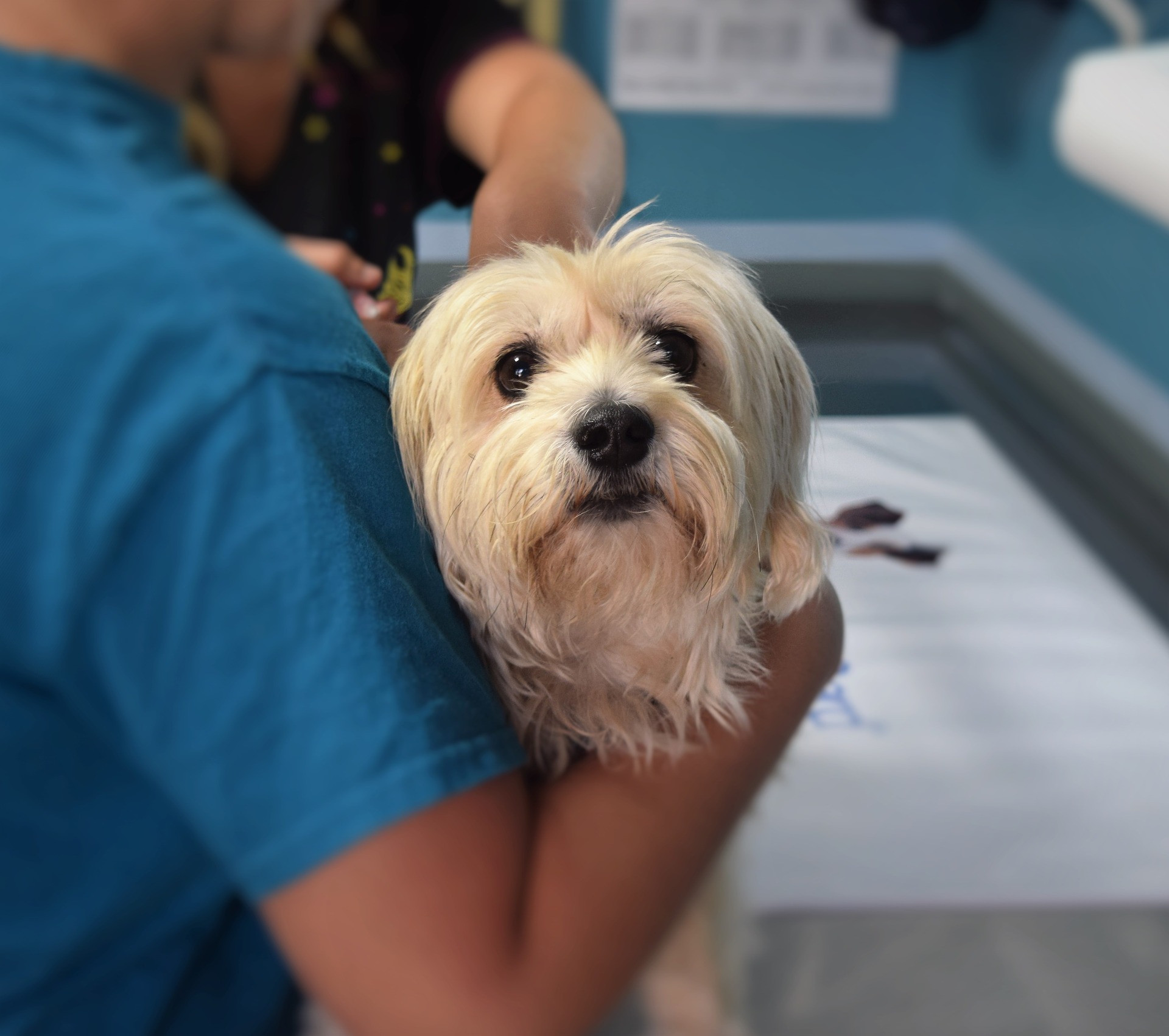Even if you’ve never owned a pet before, you have likely heard of spaying and neutering. This is the surgical removal of the reproductive organs–”spaying” refers to removing the uterus from female animals, and “neutering” is when the testicles are removed from males. While this surgery is elective in many cases, it is a standard practice for most shelters (as well as many breeders) to spay and neuter their animals before they are adopted. If you are unsure about the function and effects of these surgeries, read on!

Why is it important to spay or neuter my pet?
Animal shelters are constantly overwhelmed with the number of dogs and cats that arrive in need of loving homes. While most strive to provide safe, sanitary conditions for all their animals, many pets suffer because of overcrowded conditions. Countless numbers are euthanized because there is simply no room for them. Spaying and neutering your pets is a responsible way to help decrease the number of homeless animals that end up in shelters in the future.
Additionally, overpopulation (particularly of feral cats) poses a serious threat to our ecosystems worldwide. Feral cats kill billions of native songbirds in the US every year and also prey on reptiles and amphibians. Their gluttony has contributed to the threatening and extinction of multiple bird and reptile species over the years. While keeping your cat indoors is the best way to protect them from the dangers of outdoor living and keep wildlife safe, spaying or neutering them is an additional layer of protection if they do get outside.
Does spaying or neutering affect my pet’s quality of life?
In short, no it does not. When performed at the appropriate time, neutering can deter male behavioral issues such as urine marking, humping, and aggressiveness. Both processes reduce your pet’s chance of developing uterine or testicular cancer or uterine infections. They can contribute to calmer, more preferable behaviors in both males and females.
It’s important to have your pet spayed or neutered at the right time. Most females should be spayed at around 6 months old, before their first heat–performing it before this time significantly decreases their chances of developing mammary cancer. Neutering is generally performed after 6 months and before 12 months of age in males; however, the recommended age tends to vary depending on the breed you have. The longer a male remains intact, however, the more likely he will retain undesirable hormonal behaviors even after the surgery. Consult your vet to determine the appropriate time to have your pet spayed or neutered.
How do I prepare my pet for their spaying or neutering?
You should always take your vet’s advice for how best to care for your pet pre- and post-surgery. However, in general you should avoid feeding your pet within 6 hours of their surgery so that their tummy is empty at the time of the operation. If your pet receives regular medication, receive confirmation from your vet as to whether or not to give it to them on the big day.
Aftercare for your newly spayed/neutered dog:
-Keep them calm and sedentary as their stitches heal.
-Make sure to give them any antibacterial medications prescribed by your vet to prevent infection.
-Keep that cone on!
-Give them lots of love and snuggles.
At Gulf Coast K9 Dog Training, we are concerned with your dog’s overall health, and the health and safety of the dog population in general. If you are looking for obedience training options for your dog in the Sarasota or Bradenton area, call us today.




